First, let’s get something out of the way - the term, ‘superfood’ is more or less marketing vocabulary - a term used to help sell certain nutrient dense products. Of course, there is some truth to the word - these so called superfoods do actually have extremely high levels of nutrients and are known to be very beneficial in terms of promoting health and reducing the risk of disease.
Here is a list of 5 top superfoods to include in your diet.
1. Watercress
Watercress tops the CDC’s list of nutrient dense foods. Watercress is packed with Vitamins A and C and contains plenty of Calcium, Iron, B-6 and Magnesium. Watercress is also a good source of Protein, Folate, Pantothenic Acid and Copper. Additionally it contains Vitamin K, Thiamin, Riboflavin, Phosphorus, Potassium and Manganese. Wow! Watercress is absolutely loaded with green goodness.
2. Red Bell Pepper
A fruit or a vegetable? I always consider pepper to be a vegetable, but it does contain seeds, so… It doesn’t matter. This sweet tasting pepper contains Vitamin K, Thiamin, Riboflavin, Folate, Niacin, Potassium and Manganese, Dietary Fiber, Vitamin A, C, E and Vitamin B-6. In fact, a Red Bell Pepper, gram for gram, has more antioxidant rich Vitamin C than an orange! The fact that Red Peppers hang out on the plant longer than Green Peppers may be the reason they are so substantially more nutrient dense. Blend them up in a tomato sauce or with chickpeas for hummus. Grill or fry them to increase the level of sweetness. They work particularly well with coconut oil. Or just think of Red Pepper as a fruit and eat raw like an apple. Your body will love you for it.
3. Coconut
Speaking of Coconut Oil, the Coconut is one of the more popular superfoods in recent years. And for good reason. While containing nearly 87% saturated fat, it’s made up of the good kind of saturated fat - that is MCT’s or Medium-Chain Triglycerides (also referred to as MFCA’s or Medium-Chain Fatty Acids). And the bulk of the Triglicerides in Coconut Oil is Lauric Acid (C12) - a powerful antimicrobial. But the massive amount of saturated fat found in Coconut is extremely beneficial for brain function. It can also curb hunger and raise energy consumption levels. It’s all the “good” saturated fat that also helps increase HDL cholesterol and reduce the bad LDL which is great for a healthy heart.
4. Pistachios
This is the kind of superfood that is nearly too good to be true. But Pistachios contain high levels of nutrients, healthy saturated fats that reduce LDL cholesterol and are extremely antioxidant rich. Studies have shown that diets that included high amounts of Pistachios were great for cardiovascular wellness. They are also fairly low calorie, compared to other nuts. This is good news for many of us, who would snack endlessly on Pistachios given the opportunity.
5. Strawberry
When thinking “superfood”, one can’t help but think about berries. Berries, in general, are full of vitamins and antioxidant goodness. Plus they are super tasty. But it may be that no berry compares to the sweet red Strawberry in terms of truly being a superfood. In the CDC list of Powerhouse Fruits and Vegetables, the Strawberry ranks higher than the only other berry in the list - the blackberry (blueberries didn’t even make the list). Like Red Peppers, Strawberries surprisingly contain more Vitamin C than Oranges. They are also super rich in antioxidants, support cardiovascular health, they are packed with anti-inflammatory phytonutrients and have shown to help regulate blood sugar.
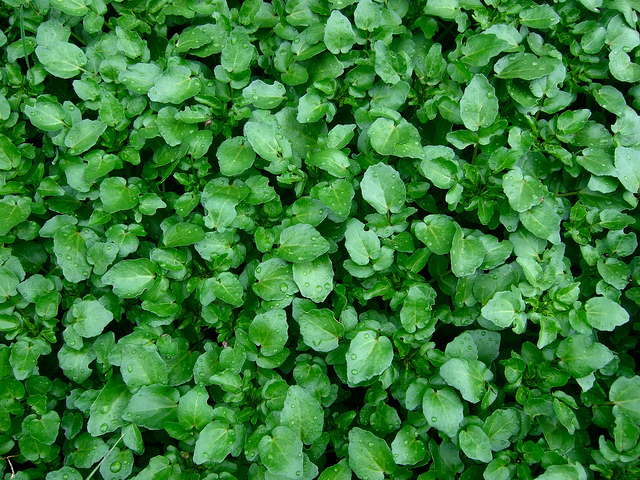
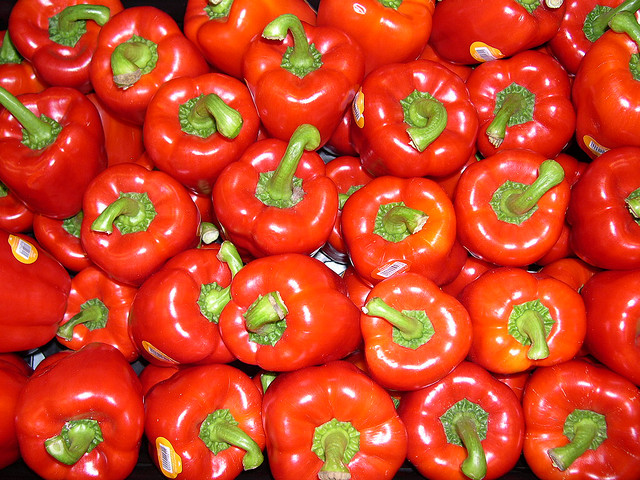
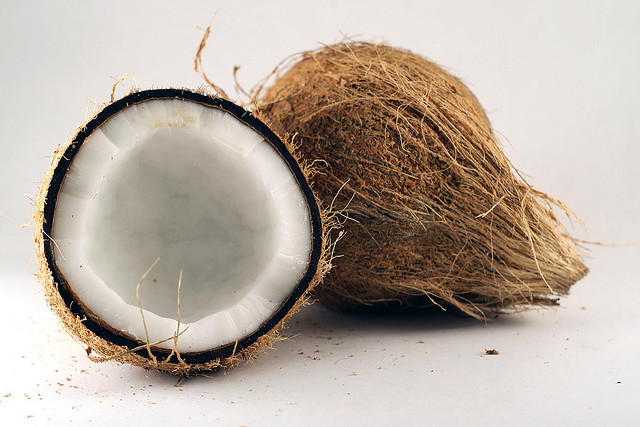
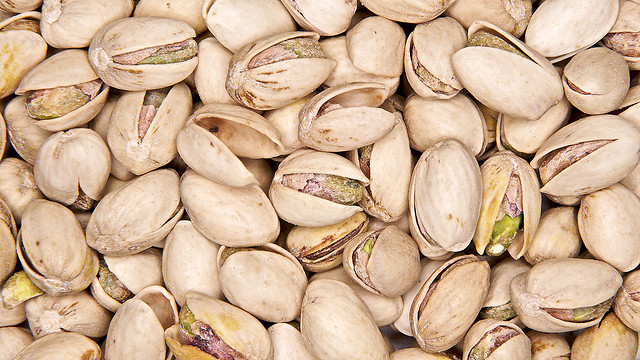
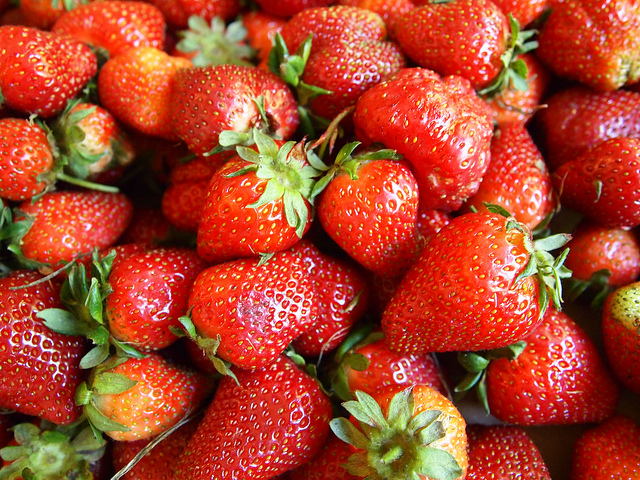
Other interesting websites